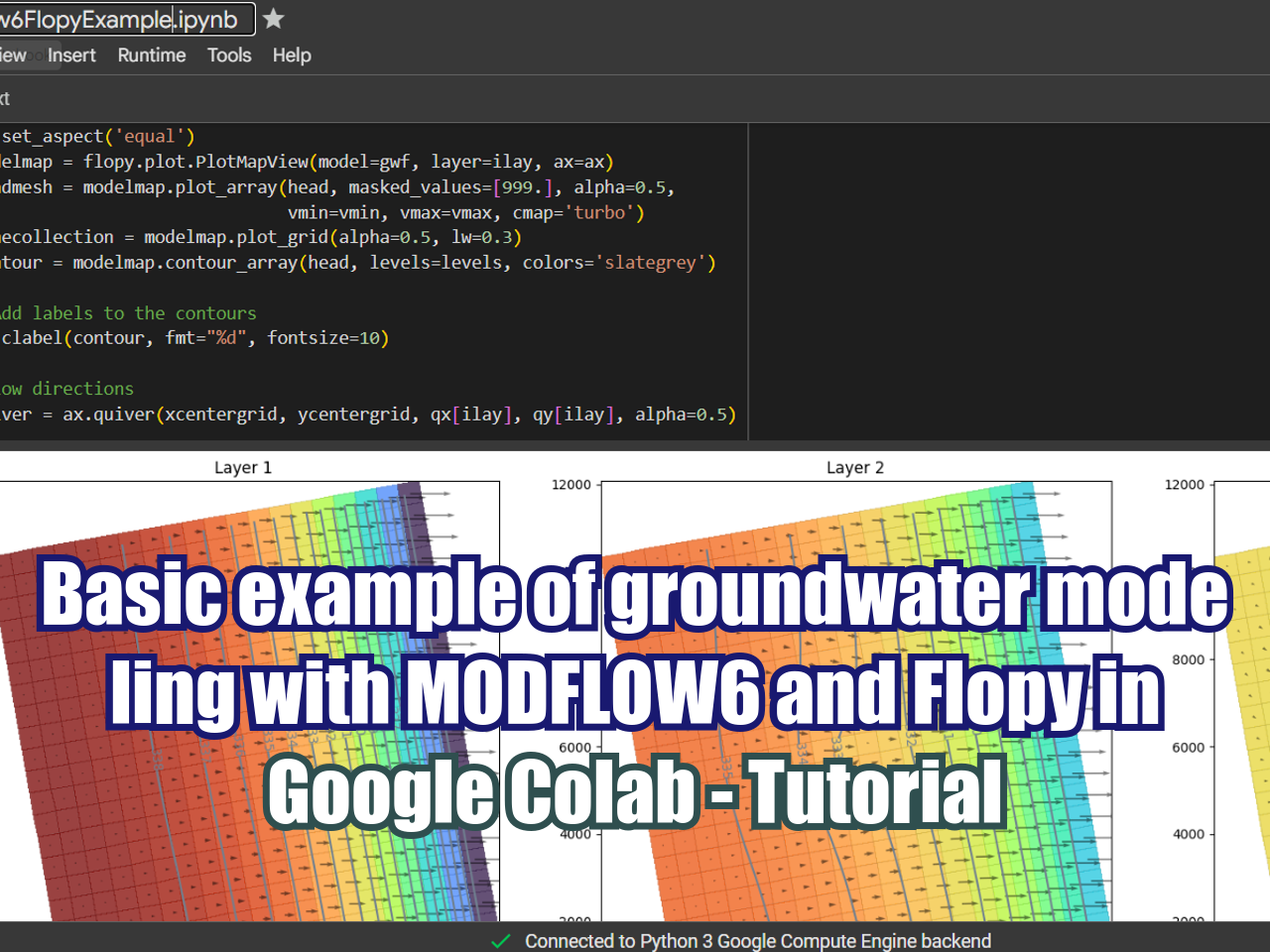Basic tutorial of geological modeling with Python and Gempy
/
Gempy is an open-source library for modeling geology written in Python. The library is capable of creating complex 3D geological models including structures, fault networks, and unconformities and it can be coupled with uncertainty analysis.
We have created a tutorial of geological modeling based on geological contacts and surface orientations. The tutorial was developed in a Gempy container that runs under Docker in Windows 10; the tutorial covers the software installation and the geological modeling scripting.
Read More























